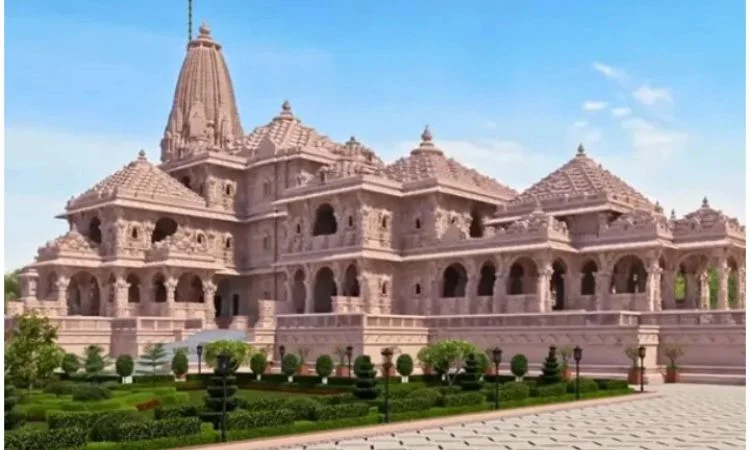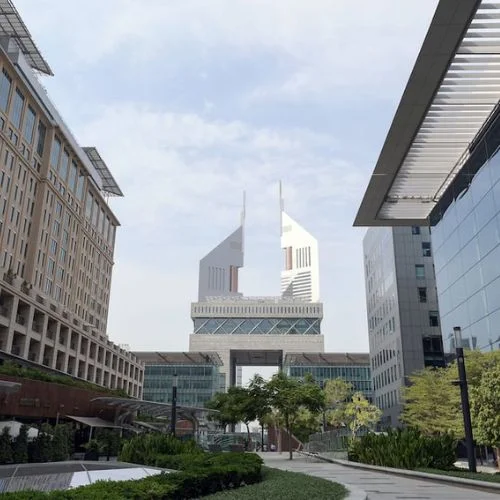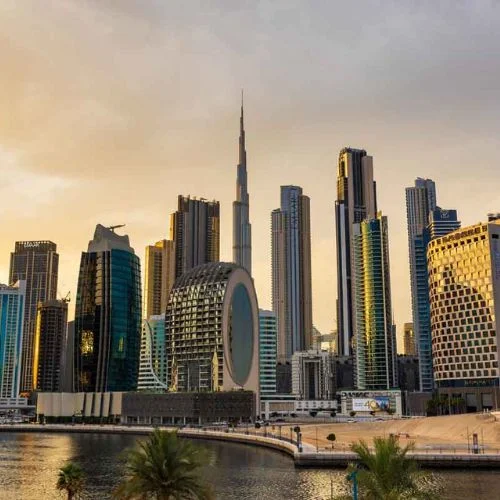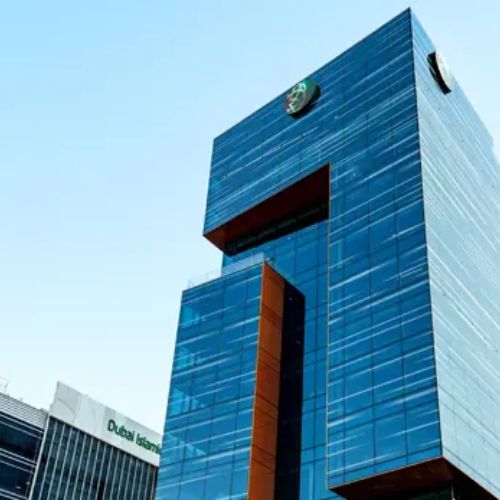Prime Minister Narendra Modi is expected to attend the consecration ceremony of the Ram Temple in Ayodhya on January 22, marking the end of the first phase of construction.

As per the temple trust, the Ram temple complex will have several green spaces with hundreds of trees, and the complex itself will be called “atmanirbhar”. Notable features include a fire brigade post, a dedicated electricity line, and its own sewage and water treatment plants.
The general secretary of the Ram Temple Trust, Champat Rai, told PTI here on Tuesday that over 70% of the 70-acre complex will be green space.
“The green area includes portions which are very dense, and in some segments of it, even sunlight hardly filters through,” he stated. The green belt preserves about 600 of the current tree population.
Rai stated in a media briefing that the temple complex will be “atmanirbhar” (self-reliant) in its own right and won’t place any additional strain on the drainage or sewage systems of the Ayodhya municipal authority.
Two sewage treatment plants, one water treatment plant, and a dedicated electrical line from the power house will all be included in the complex. According to him, there will be an underground reservoir from which a fire brigade post can draw water.
Prime Minister Narendra Modi will participate in the “pran pratishtha,” or the consecration ceremony of the Ram Lalla idol, on January 22. The temple’s first phase is almost finished.
Keshav Prasad Maurya, the deputy chief minister of Uttar Pradesh, paid a visit to the Shri Ram Janmabhoomi Teerth Kshetra office in Ramkot, Ayodhya.
On December 30, Modi will also be in the holy town to officially open the newly constructed Ayodhya railway station and airport. Earlier, officials announced that he will also speak at a rally.
“Everything is ready for his arrival. All of us are prepared,” Maurya said to PTI.
The trust office lobby features a panoramic representation of the future temple as it is envisioned. Following the presentation of the Ram Mandir landscape plan, Rai took reporters on a tour of the temple construction site.
“The east side will be the entrance of the temple, while the south side will be the exit. “In the end, the superstructure of the entire temple will have three stories — G 2,” he stated.
To get to the main temple from the eastern side, visitors must ascend 32 stairs.
According to him, the temple complex will be 161 feet high, 250 feet wide, and 380 feet long (east-west). It will be constructed in the classic Nagara style.
He said that the temple will feature 44 gates, 392 pillars, and each floor be 20 feet high.
According to him, the magnificent temple will feature a rectangular peripheral known as “percota,” which is often absent from temples in the north but present in those in South India.
Rai stated that the ‘percota’ will have a width of 14 feet and a circumference of 732 meters.
A ‘percota’ with four sides devoted to the Sun God, Maa Bhagwati, Lord Ganesha, and Lord Shiva will be constructed.
On the northern side, a shrine to Maa Annapurna will be built. Rai stated that there will be a shrine dedicated to Lord Hanuman on the southern side.
The complex will also have seven more shrines, honoring the lives of Lord Ram’s associates: Maharshi Valmiki, Maharshi Vashisht, Maharshi Vishwamitra, Maharshi Agastya, Nishad Raj, Mata Shabri, and Devi Ahilya.
Additionally, a Jatayu idol has been placed at Kuber Tila, Ayodhya. “An ancient Shiva temple that exists on Kuber Tila has also been revitalised,” Rai stated.
When PTI visited the building site on Tuesday, laborers were hard at work finishing details and chiselling stone slabs in preparation for the consecration event.
In Rai’s opinion, the consecration would be most auspicious between noon and 12:15 p.m.
Construction activity was still going on in the vicinity on Tuesday, but a lot of people went to the Ram Janmabhoomi site to have a ‘darshan’ of the god, which is the ancient idol of Ram Lalla kept in a temporary shrine.
Additionally, the complex will have two ramps and a lift at the entry for the elderly and disabled.
A pilgrim facilitation center featuring a medical facility and restrooms is planned. Twenty-five thousand people will have the opportunity to deposit their watches, phones, and shoes prior to their “darshan.”
There is a designated route for emergencies.
Rai reported that an old Shiva temple in Ayodhya has been revitalized and that a statue of Jatayu has been placed in Kuber Tila.
In 2019, the Supreme Court rendered a landmark decision that resolved a century-old dispute between a temple and a mosque.
The court upheld the Ram temple’s construction at the contentious location and mandated the search for a different five-acre parcel of land on which to erect a mosque.















